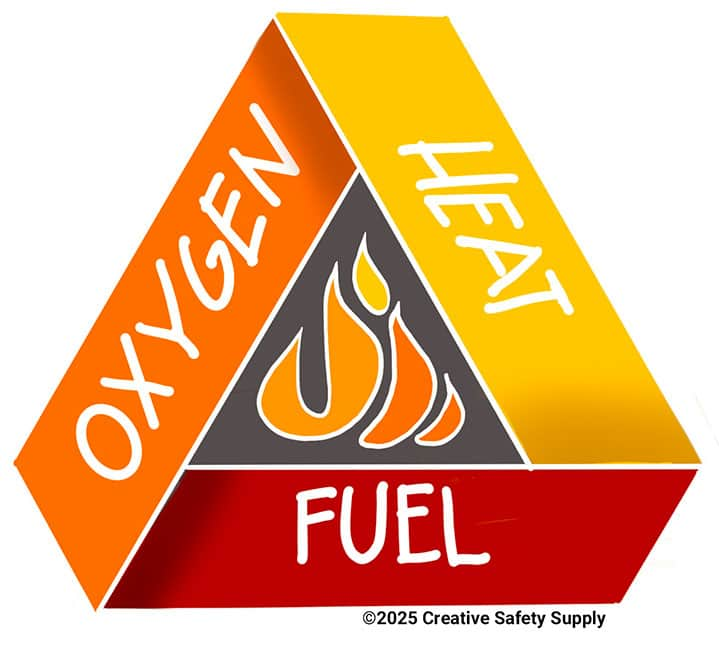
A fire risk assessment is very similar to a normal risk assessment but it just focuses on fire safety instead of chemical and other physical hazards in the workplace. With a fire risk assessment, there must be one person who is responsible for keeping everything up to date. This includes ensuring the correct safety practices are upheld, completing the fire risk assessment, the inspection and maintenance of all the firefighting equipment, and making sure all the staff are aware of their own responsibilities when it comes to safety training and evacuations.

There are five steps to get started on a fire risk assessment, they are as follows:
- Identify the fire hazards: Keep in mind the fire triangle when carefully looking through an area for fire hazards. The triangle refers to the three elements that cause fires: a source of ignition, a source of oxygen, or a source of fuel.
- Identify the people at risk: The employer should know the general makeup of their staff to determine who is most at risk for these fires. But they also must consider any visitors or customers to determine the most efficient evacuation procedure.
- Evaluate, remove, and reduce the risks: Take what was found in step one and two and take action towards the removal of those fire risks. If complete removal is impossible then reduction of the risk is needed. This is done by assessing the condition of fire safety equipment which includes active equipment like fire extinguishers and sprinklers as well as passive equipment like fire doors that prevent fires from spreading. There must be a regimented schedule implemented to regularly test equipment for functionality.
- Training, planning, and record keeping: Once something is found to be a hazard there must be accurate notes taken as well as the date to use as reference for the future. The notes must also include steps to rectify the issue. This information helps to determine what kind of evacuation plan would be useful for that particular facility.
- Review: Fire safety reviews in any facility should be done periodically. However, a new risk assessment should be performed every time that something has been changed in the environment or operations of the facility.
If all of these things are kept in mind, then these five steps are a good start to completing a fire assessment. The thing to always remember is the more information you have the better you will be prepared since that information helps with determining the best action(s) for specific situations.
Similar Questions
- Why is fire safety education and training important?
- What is fire protection?
- What is a fire safety inspection?
- Who can give fire safety training?
- Which fire extinguisher is used for electrical fire?
- What should be included in fire safety training?
- Should fire drills be conducted?
- What is a fire prevention system?
- How often should fire safety trainings be given?

